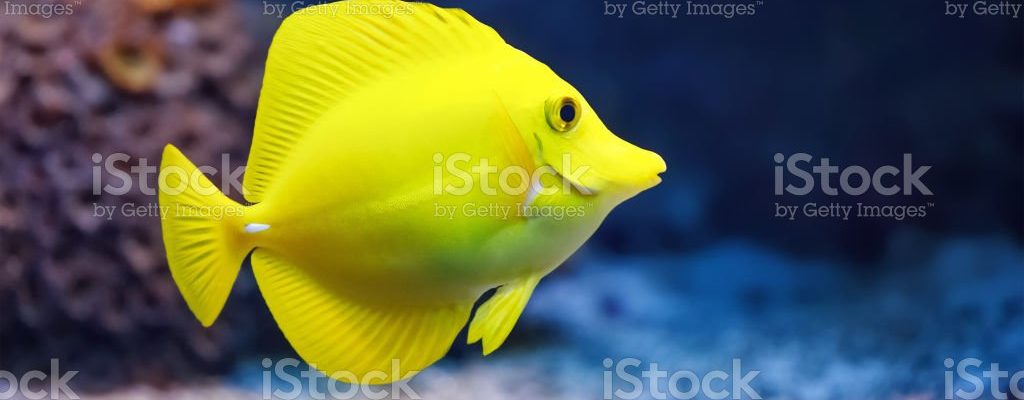
Rising Tide is an exciting, (if not THE most exciting) Conservation effort in the field of sustainable aquaculture. They were initiated in 2009 by SeaWorld and Busch Gardens Conservation Fund and they are the definition of a collaborative effort. Their contributors are a diverse range including (but not limited to) those in the private sector, people from AZA institutions (Association of Zoos and Aquariums), as well as numerous individuals from academia and advanced hobbyists.
Their work in captive-fish culturing will mean exponential prospects for public aquaria and aquarium hobbyists in the pursuit of marine fish, and that’s only one upshot of the research they’re undertaking. In a world where it is estimated that 30 million fish are harvested from coral reefs annually, we are pressed to find a solution to circumnavigate the damage this is doing.
Rising Tide Conservation emcompasses universities, colleges, aquaculture facilities and retail pet supply companies, across the United States. This creates a movement with a superorganism type of effect, with lots of lots of individuals all operating independently but with a common goal of protecting coral reefs. Rising Tides are not a wholesaler, they are predominantly focused on research, and this research is freely available and widely distributed to advance and refine the breeding of marine fish. This accessibility helps combat the timeframe and costly barriers associated with this kind of niche work.
Now to look at Rising Tides affiliation with The Oceanic Institute of Hawaii Pacific University. The Oceanic Institute is situated on the shores of Oahu and is the perfect location to study marine aquaculture, they boast a plethora of ongoing research projects relating to shrimp, live feed, food fish and ornamental fish. This is an important connection, as the reefs of Hawaii are estimated to be worth within the region of $34 billion in terms of the seafood, conservation and recreation they provide.
In recent years, Hawaii has put restrictions on collecting ornamental fish, to allow wild populations to recover. This caused the availability of some fish to nose dive with the few available specimens in the industry skyrocketing in price. A good example of a fish with this type of financial escalation around it, is the yellow tang Zebrasoma flavescens. In Hawaii, the number of yellow tang collected every year is thought to be up to 400,000. This works out at around 81% of all aquarium catch by species.
So, the successful culturing of this species presented a considerable economic opportunity and was critical to conservation efforts in protecting resources. Rising Tides and The Oceanic Institute collaborated and managed to breed and rear yellow tangs in 2015 (with efforts from the Oceanic Institute dating back to 2001!). They are the end product of endless trial runs and a multitude of hatchery technology. The process is elaborate and requires the honing of all aspects, which is applicable to most species, from the initial broodstock health, to the spawning, the egg collecting, the hatching and the larval care and growing out. The environmental and nutritional factors are complex and different fish will require adaptations at all levels of this process.
Yellow tang larvae are only 1.5mm when newly hatched, they require impeccable water quality (and not too much turbulence!) before they float from the surface and into the water column. They haven’t even fully developed their eyes and mouths at this point, so subsequently, haven’t fed. Already, we can see there are many variables here in terms of care for a subject so sensitive, and they all need balancing. Balancing that was clearly successful, as the larvae were stimulated to feed. Their food, at this tentative stage, consists (among other things) of copepod eggs. Copepods being a miniscule crustacean present in all fresh and saltwater…
Rising Tides is a cornucopia for both successful and sustainable aquaculture. Not only can they claim the success of the yellow tang, but also the Pacific blue tang Paracanthurus hepatus in 2016, which took over six years to perfect at the UF/IFAS Tropical Aquaculture Lab, with funding from Rising Tide Conservation. Last year, after 4 years of trying, they managed to rear Copperband butterfly fish (a personal favourite of mine), a species where efforts to culture them had been thwarted at 10 days post hatch. They offer a visual look book of sorts and information on their website of all their successful breeding endeavours to date.
Rising Tides continue to develop and hone aquaculture protocols and make them available for commercial use, the impact of an initiative that is this far reaching, will be transformative in multiple capacities. They have a mantra that “A rising tide lifts all boats”. As their triumphs mount, traction builds and more people collaborate, these people are the ‘rising tide’, and the aquarium trade, people the world over, and the wilderness will all benefit. These are the boats. We praise their efforts and wait eagerly for the next exciting development from Rising Tide Conservation in their pursuit of sustainable aquaculture.